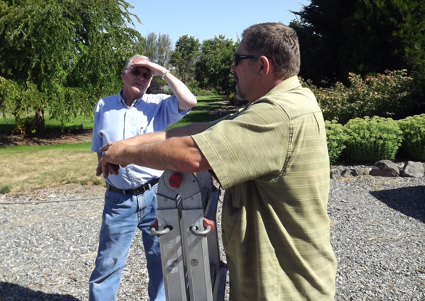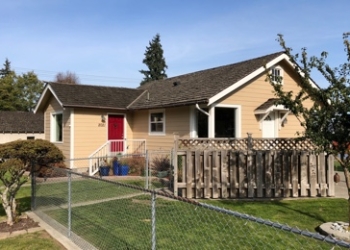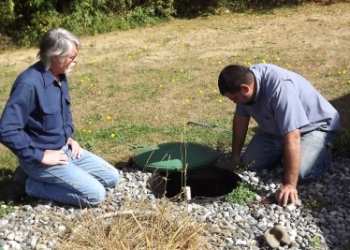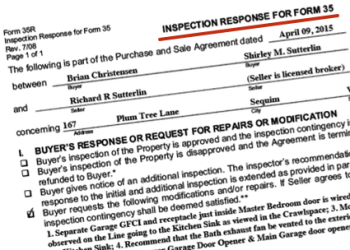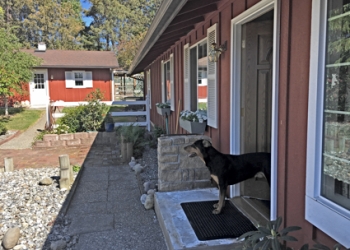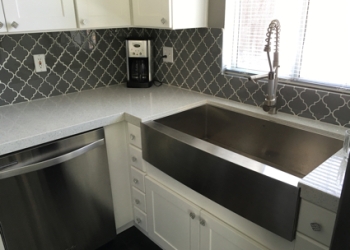I met with two home inspectors this past week on behalf of two separate buyer clients. Home inspectors are a very important part of the home buying process, because they go through a home with eyes that can see and recognize everything that is wrong, broken, not in compliance with the building code, and they even see things that “might possibly” be wrong.
The first home was built in 2012, and no one has lived in it yet, so it is a brand new home. But it’s never been checked out by an inspector or any other buyer, so my buyer wisely chose to hire one of the local home inspectors. We really didn’t expect any big black marks. The home is a custom built home, and it looks perfect to the untrained eye. The selling price was $272,500, so it’s a high quality home for 3 bedrooms and 2 baths in 1,800 square feet with a double attached garage. In fact, that was an excellent price for a home of this caliber.
Of course, home inspectors always find something, and he found three items worth mentioning in his report. The first was the master bathroom fan did not turn on. The second was several screws were missing in the electric panel cover in the garage. The third was that the house needed two carbon monoxide detectors. That was it. I wish all home inspections were that easy.
Home Inspectors & The Second House
This second home was built in 2005, but it wasn’t finished by the builder at that time and later went into foreclosure unfinished. The current seller purchased it as a foreclosure and finished it himself. Since he is not a builder or carpenter by trade, there are some issues that even I could recognize with my buyers. This is the kind of home that will make home inspectors work a little harder.
The ceilings had shadows even though it had been painted not long ago. Shadows in a sheetrock ceiling usually is an indication that the painter did not apply primer. Then they painted with a final coat thinking that was sufficient. Later when everything is dry, you see shadows running parallel on the ceiling.
The inspector pointed out that the door off the master bedroom was apparently put in later, because you could see pretty big raised lines in the sheetrock around the door. And code requires an exterior light on every outside entrance, but there was no light here.
The kitchen had seven recessed lights and a switch with a rheostat on the wall. I would never have caught this, but home inspectors notice these things. The rheostat was warm by touch. It should not be. The seven 60-watt bulbs in the recessed light fixtures were exceeding the capacity of the rheostat, and that could be a fire hazard.
And then he noted that there was no fan above the kitchen stove. That’s required by code, so that was a surprise. Why the sellers did not put one in is a bit of a mystery. There was plenty of room for a vent to go up through the attic or down through the large crawl space.
This home would probably be the delight of home inspectors, because there’s more. The edges around the ceiling in the master bedroom have a glitch. As the inspector explained to me, when the sheetrock was put up they put the nails or screws too close to the walls, which means that when the rafters lifted slightly as they do in the heat (which lifts the ceiling sheetrock fractions of an inch), it caused a kind of bending of the sheetrock along the edges in an area about half an inch wide by the walls.
Having found a number of items that raised some question in the inspector’s mind about whether a final occupancy permit was issued (the last step in issuing a building permit), we decided we had better check with the building department.
Home inspectors are important when it comes to buying a home.
Last Updated on September 27, 2019 by Chuck Marunde

